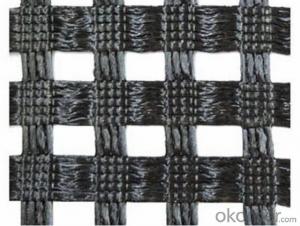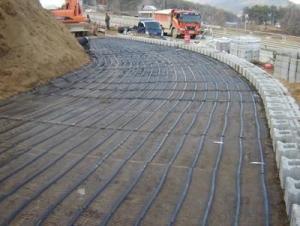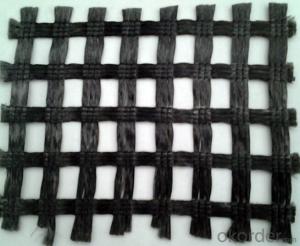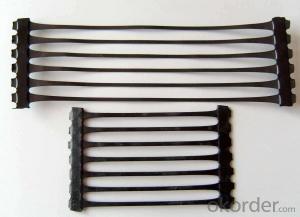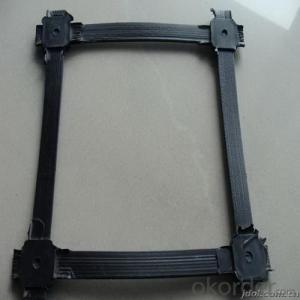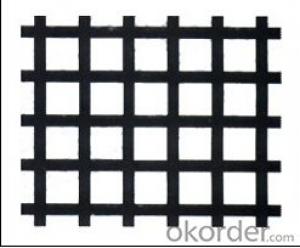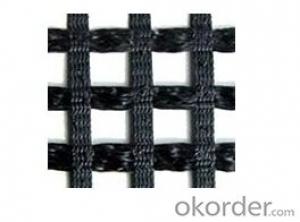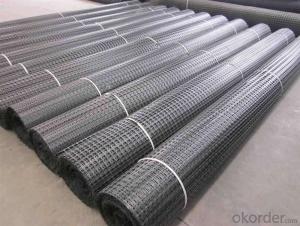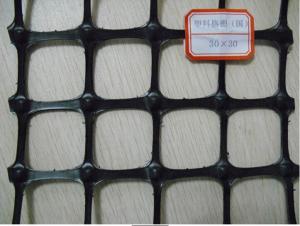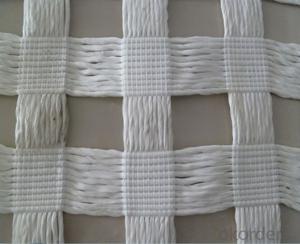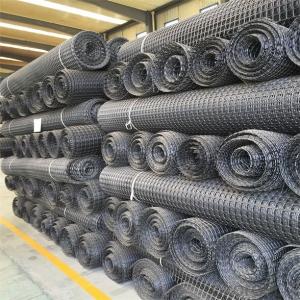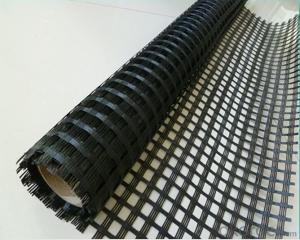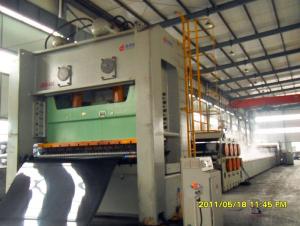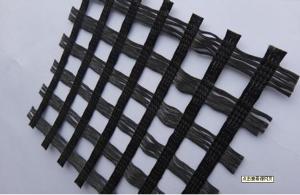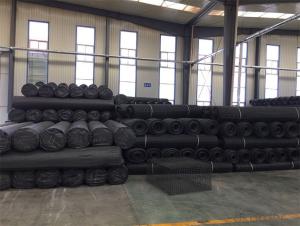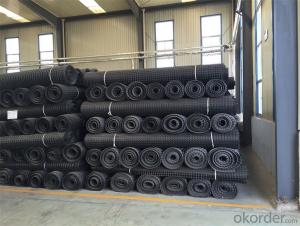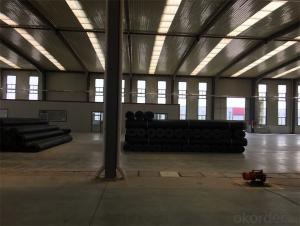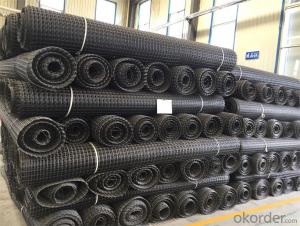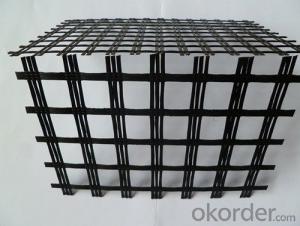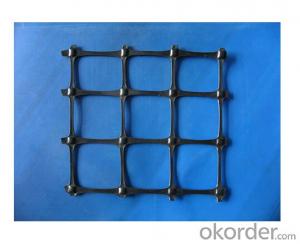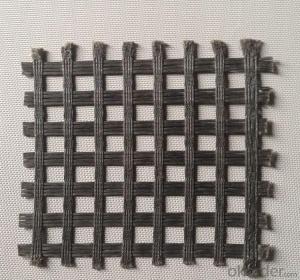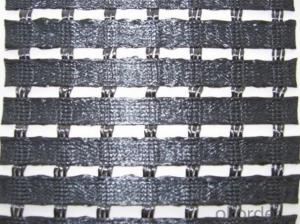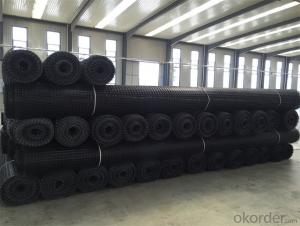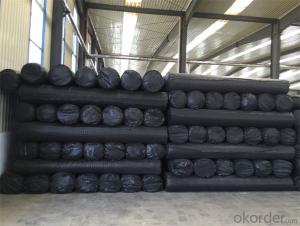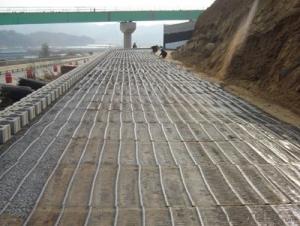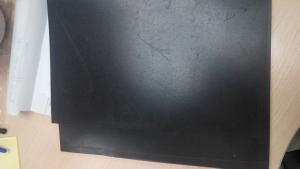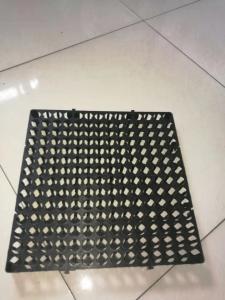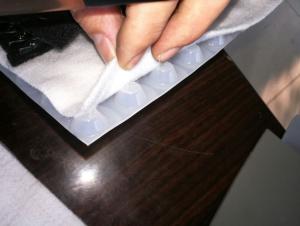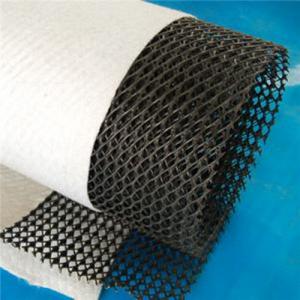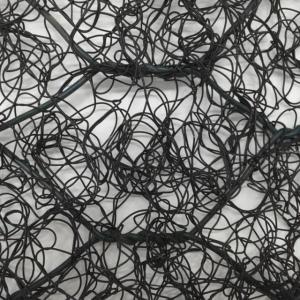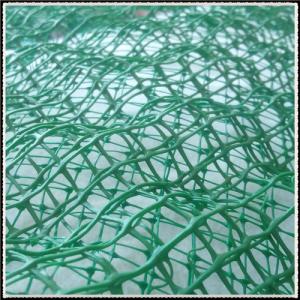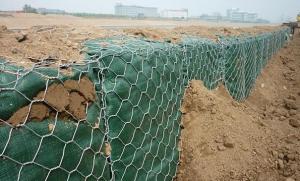Warp Knitting Polyester Geogrid
Warp Knitting Polyester Geogrid Related Searches
Geogrid Warp Knitting Machine Polypropylene Geogrid Woven Geogrid Geogrid Textile Geogrid Reinforcing Fabric Geogrid Fabric Retaining Wall Biaxial Polypropylene Geogrid Geogrid With Geotextile Polypropylene Biaxial Geogrid Polyethylene Geogrid Plastic Geogrid Geogrid Landscape Fabric Geogrid Walls Geogrid Fabric For Sale Geogrid Fabric Near Me Biaxial Plastic Geogrid Geogrid Fabric For Roads Laying Geogrid Plastic Geogrid Mesh Geogrid Retaining Walls Retaining Wall Geogrid Pp Biaxial Geogrid Geogrid Wall Construction Extruded Geogrid Using Geogrid Retaining Walls Multiaxial Geogrid Bidirectional Geogrid Geogrid Rolls Geogrid Anchors Synthetic GeogridWarp Knitting Polyester Geogrid Supplier & Manufacturer from China
Warp Knitting Polyester Geogrid is a high-performance geosynthetic material made from polyester yarns, which are woven together to create a strong and durable grid structure. This product is specifically designed to provide reinforcement and stabilization in various civil engineering applications, such as soil reinforcement, slope protection, and erosion control. The unique construction of the Warp Knitting Polyester Geogrid allows it to distribute loads evenly and withstand significant tensile forces, making it an ideal solution for a wide range of geotechnical projects.In terms of application and usage scenarios, Warp Knitting Polyester Geogrid is widely utilized in the construction of roads, bridges, tunnels, and retaining walls. It is particularly effective in situations where soil stability is a concern, as it can help to prevent soil movement and reduce the risk of landslides. Additionally, this geogrid can be used in coastal and riverbank protection projects, where it helps to reinforce and stabilize the soil against the erosive forces of water. Its versatility and effectiveness make Warp Knitting Polyester Geogrid an essential component in many civil engineering projects.
Okorder.com is a leading wholesale supplier of Warp Knitting Polyester Geogrid, offering a vast inventory of this high-quality geosynthetic material. As a trusted distributor, Okorder.com ensures that customers have access to a reliable and consistent supply of this essential product, which is crucial for the successful completion of various civil engineering projects. With their extensive stock and commitment to customer satisfaction, Okorder.com stands out as a top choice for those in need of Warp Knitting Polyester Geogrid.
Hot Products
